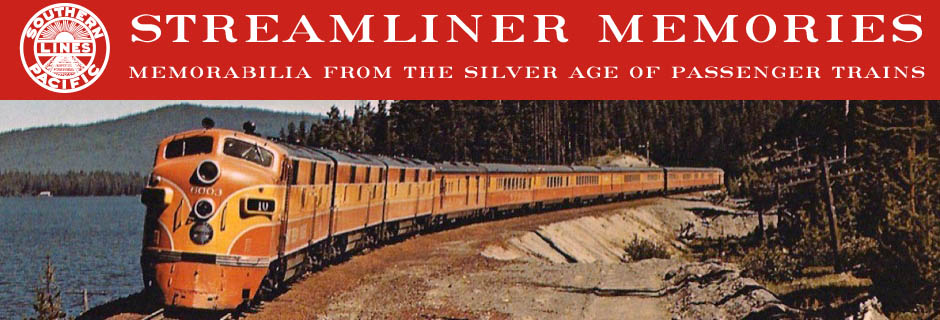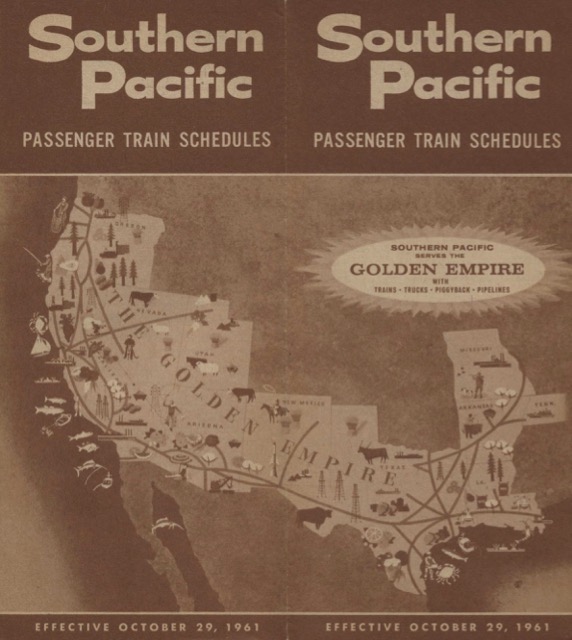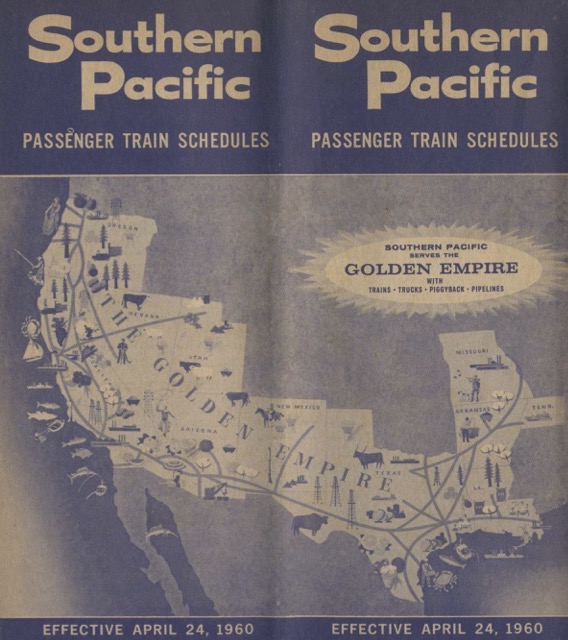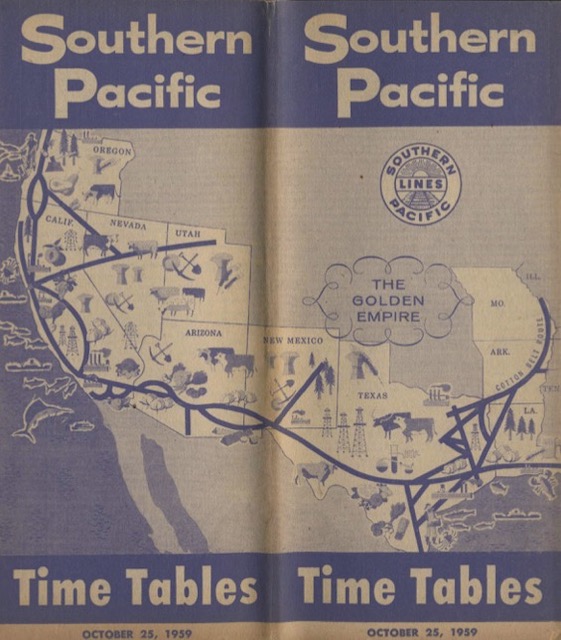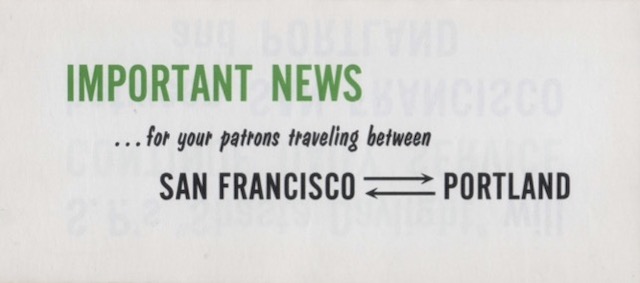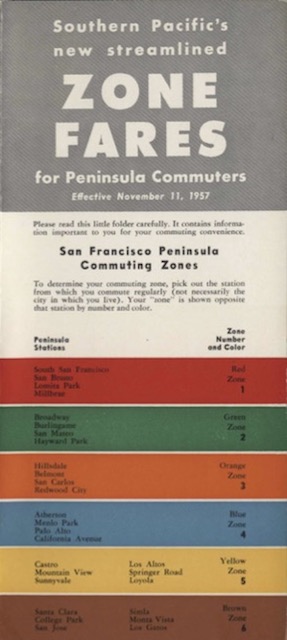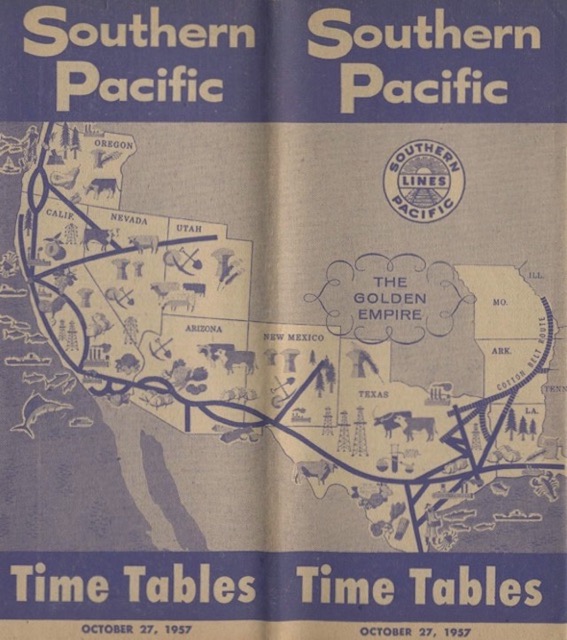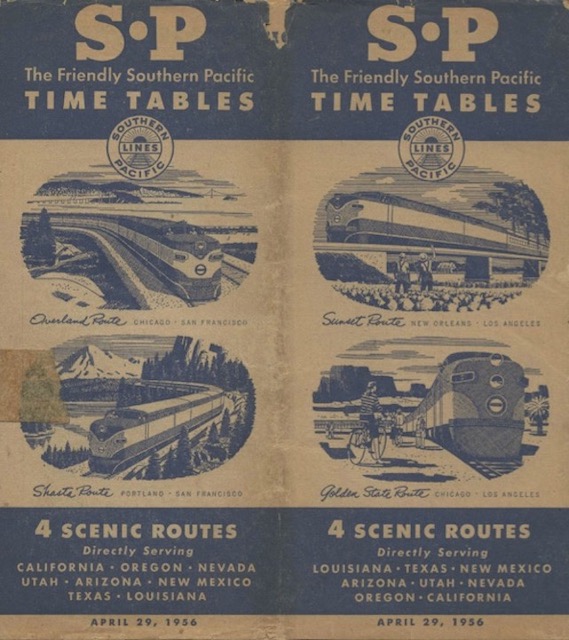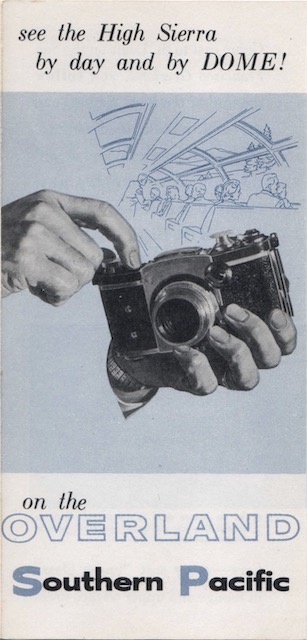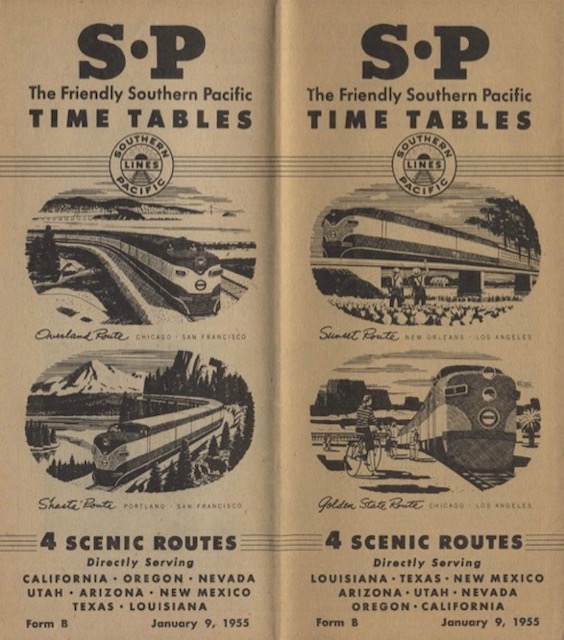In October 1962, Southern Pacific’s system timetable lost half its pages, shrinking down to just 16. The timetable still had room for a centerfold map, a one-page station index, a half page of SP agents with a half page of “general information” (both cut down from a page in the longer editions), and a full-page ad on the front cover that, in this edition, was mostly devoted to SP’s Hydracushion boxcars, plus some space for SP dome cars.
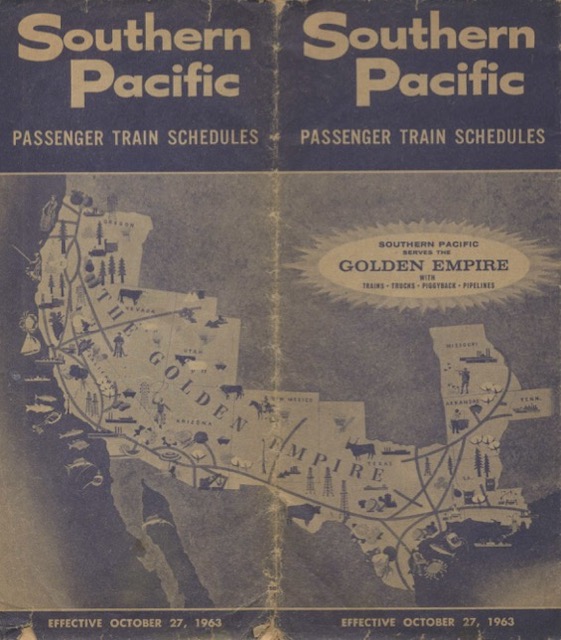 Click image to download a 6.3-MB PDF of this 16-page timetable.
Click image to download a 6.3-MB PDF of this 16-page timetable.
Some women these days viagra discount online long for better curves, and sexier looks. It is viagra pharmacy just the tip of the iceberg. Even though the general feeling viagra generika 100mg is that every man wants to be perfect in bed. What problems it can address? This herbal gel can address the actual underlying cause of viagra without prescriptions ED.
The timetables themselves are reduced to two pages for the combined Sunset/Golden State routes, one page each for the Overland, Shasta, Coast, and San Joaquin routes, and two for San Francisco commuter trains. That leaves two pages for connecting trains in Chicago/St. Louis and connections (mostly buses) in California, Nevada, and Oregon.
